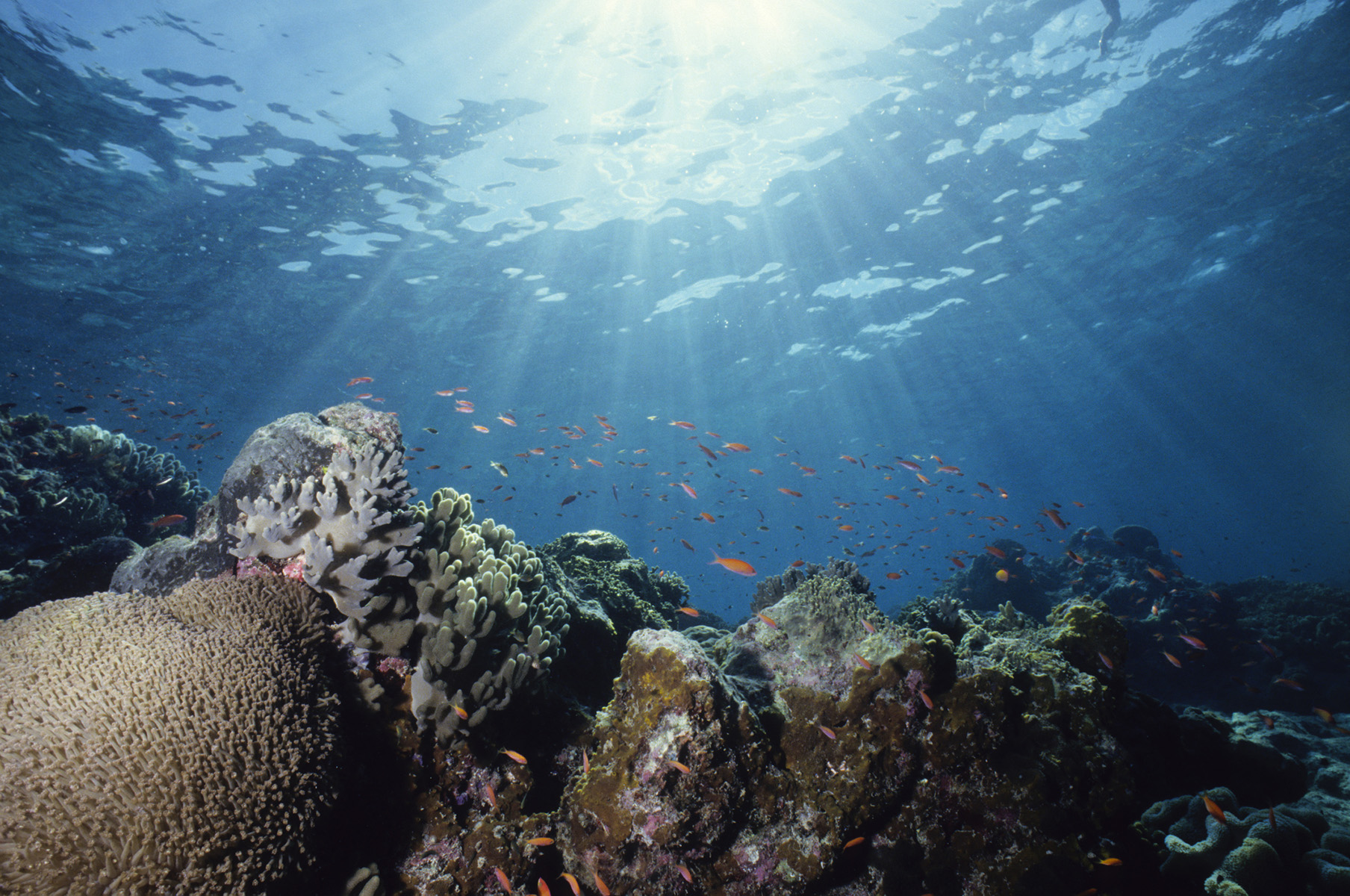
Dr. Sarah Hu, an assistant professor in the Department of Oceanography at Texas A&M University, has been making waves in the scientific community with her groundbreaking research into microbial ecology and biological oceanography since arriving on campus a little more than a year ago. With a background deeply rooted in the coastal regions of the United States, her journey from the University of Washington to the University of Southern California and eventually to the Woods Hole Oceanographic Institution in Cape Cod, Massachusetts, has paved the way for her current endeavors.
"I'm fascinated by the unseen inhabitants of our oceans and their role in shaping marine ecosystems," says Hu, expressing her passion for exploring the hidden realms of marine life.
As a microbial ecologist and biological oceanographer, Hu's fascination lies in the intricate ecosystems overflowing within every drop of seawater. Her research delves into the world of microorganisms — including bacteria, archaea and single-celled eukaryotes — and explores their diversity, distribution and dynamics across different oceanic environments.
One key focus within Hu's research laboratory is the study of microeukaryotes and their role in shaping marine ecosystems, particularly within the context of the marine food web. By understanding how microorganisms interact and how nutrient cycling occurs, her team aims to figure out the fundamental reasons why ecosystems change and how they stay strong.

Hu's exploration takes her to the mysterious world of deep-sea hydrothermal vents, which are cracks in the ocean floor emitting geothermally heated water. These vents create habitats that support rich and distinct ecosystems. In contrast to surface environments, the deep-sea ecosystems are devoid of sunlight, yet they harbor a vibrant abundance of life. This is made possible by chemosynthetic microorganisms, or chemical-eating microbes, that convert chemicals into energy, serving as the foundational producers of the ecosystem.
"These hydrothermal vent sites are akin to oases in the desert of the deep sea, supporting a remarkable diversity of life fueled by chemosynthetic microorganisms," Hu explains in highlighting the ecological significance of these extreme environments.
One goal of Hu's research is to determine how microbial eukaryotes eat other microbial prey using grazing experiments. Essentially, Hu and her team create a buffet for tiny sea creatures in order to observe their eating preferences. They carefully prepare various types of food for these organisms and monitor how much they consume and how quickly. Through these experiments, Hu and her team gain insights into the diets and behaviors of these sea creatures, aiding in their understanding of energy flow in ocean ecosystems.
"Our grazing experiments offer a glimpse into one of the many intricate interactions between microorganisms, allowing us to better understand the flow of energy within marine ecosystems," Hu adds.
Hu’s research, which is supported by funding from the National Science Foundation and conducted in close collaboration with scientists at the Woods Hole Oceanographic Institution, is at the forefront of marine science, pushing the boundaries of knowledge and innovation.
"Collaboration is key to advancing our understanding of the ocean,” Hu says. “By working together, we can tackle complex scientific challenges and make meaningful contributions to our understanding of marine ecosystems."
Beyond her research pursuits, Hu is deeply committed to education, imparting her passion for oceanography to both undergraduate and graduate students at Texas A&M. Through courses such as "The Blue Planet" and “Scientific Writing,” she collaborates with students to foster a greater understanding of the ocean's significance in shaping our planet, while also empowering the future wave of oceanographers.
"Education is about inspiring curiosity and fostering a deeper understanding of the natural world,” Hu says. “Through teaching, we empower the next generation of scientists to make a positive impact."
